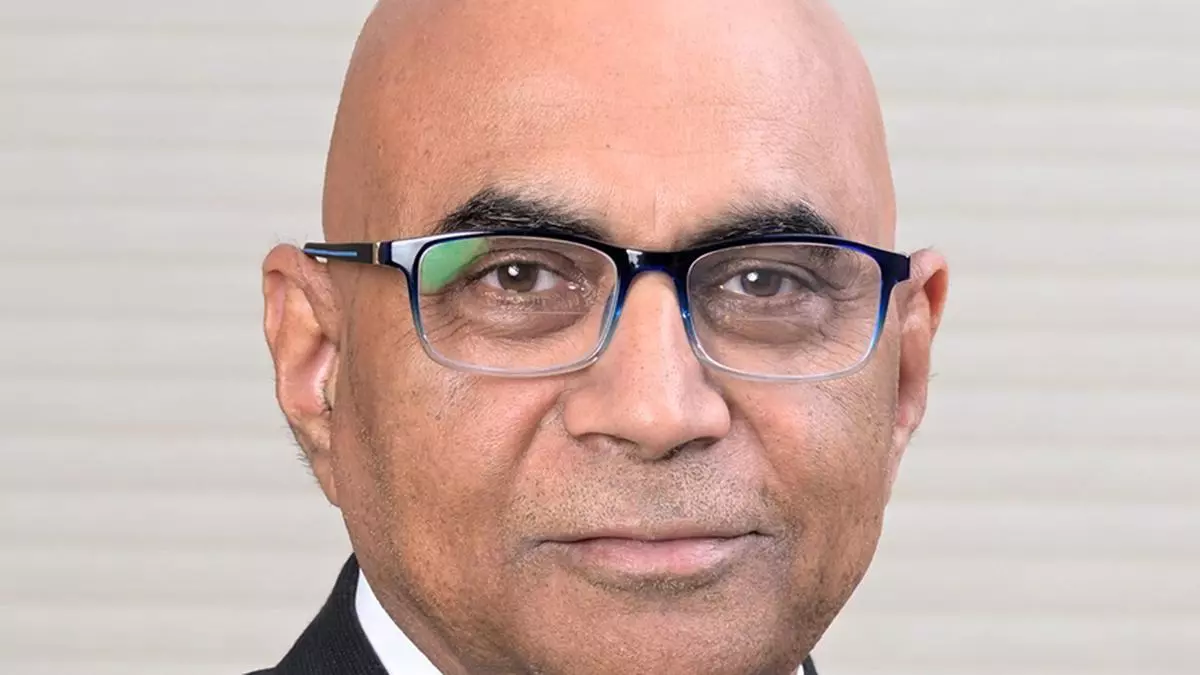Yes Bank is sufficiently capitalised for FY25: Prashant Kumar, MD and CEO
From a focus on profitability to how technology will add to efficiencies, Prashant Kumar, MD and CEO, Yes Bank, spoke at length on a range of issues related to the bank in this exclusive interview with businessline. Edited excerpts:
Yes Bank was among the banks added to the list of investments by HDFC Bank’s affiliates. Do you see this as an affirmation from a large domestic investor?
It’s a message of confidence in the bank!
The bank’s December quarter investor deck showed how far the bank has come since 2020…
The objective is always to be very transparent. This time we have added our roadmap on profitability, which is the only unsolved puzzle we have. Whether we talk about capital or liability, or asset quality, everything is sorted. We want to give clarity on the roadmap on this (profitability).
Your peers are doing much better on profitability in some pockets. Does that concern you?
In the retail business, we don’t have asset classes that are high-yielding, such as MFI (microfinance), affordable housing… and (in) credit cards, we are not very large. There are banks whose entire profitability is coming from MFI and credit cards. In the last 3–4 years we were predominantly in the prime mortgage space and new cars segment, where the yields are low. If we need to move from the new car loan to used car (loan), we need to build out capabilities, which we have done now. Similarly, we have started moving from prime home loan to affordable housing.
Three years ago, the bank was extensively positioning itself in the credit cards market. That seems to have fizzled away…
Cards is a segment you can grow aggressively without issues. But in the initial 5–7 years one needs to burn cash. Now is not the right time for us to target that kind of growth. We are issuing more than 50,000 cards every year and have reached a base of two million cards. We will grow in a manner where there is no negative impact on profitability. In the last one year, like unsecured loans, cards businesses (across the system) have shown a spike into delinquencies. That’s why we have been careful.
Would you explore inorganic options for retail businesses other than MFI?
I don’t think we have the capabilities for inorganic growth. The next 2–3 years would be more of organic growth.
Investors have been patient with sub-3 per cent net interest margin (NIM) for long. Would you want to give them any guidance?
When you exclude the negative impact of RIDF (Rural Infrastructure Development Fund), our NIM is around 2.8 per cent. We have already started taking steps to ensure that there is no shortfall. Second, this is not the right time to take some high-risk assets. For the entire banking industry there has been pressure on NIMs and we have been able to protect ourselves from this. That’s why we are not giving any guidance, but would continue to see how we can improve the margins.
Your digital channels are doing well for deposits. Would you favour branches or digital as your long-term strategy?
Deposits is very critical for any banking institution. In the current times it is difficult to get deposits. The cost of deposit is going up and the growth is not much. We don’t foresee a situation where we move from a physical branch to a digital pure-play (on deposits); this hasn’t been successful in the entire globe. The change is that customer acquisition can happen digitally. More than 90 per cent of our savings and current accounts are opened digitally. It means there is no need to have large branches. In FY24 we were aiming to open 150 branches. We’ve opened around 110 branches so far. For FY25 we will discuss the target with the board, but branch expansion will continue.
Your focus on technology has been unwavering. Can this have a favourable impact your financials?
There are two parts to technology. First, you need to continuously invest to run the bank. You must be relevant as per the current needs, because technologies become obsolete very fast. This is operating expenses. Second, you also need to develop new capabilities. In 2020-21 and some part of 2022, investment was largely to keep us running. Now we have started investing for the future. We are getting good feedback on YES Pay, and we plan to come up with a mobile banking app for businesses in FY25. We are also trying to make all our customer journeys seamless without any manual intervention.
Is capital raise on the anvil?
Our capital burn of 35–40 bps is due to an increase in the risk weight on the retail side. Otherwise, we have not seen any capital burn. We have warrant conversions due next quarter, which would add 250 basis points to the capital. We have sufficient capital to take care of FY25.
Published on March 6, 2024
